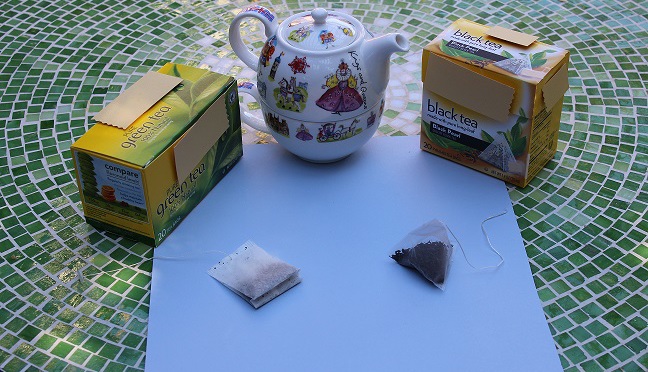As I was preparing a unit on expressions (translating, evaluating, and simplifying), I decided to branch out and include a real-world “problem” to entice students to see the benefit of writing equations and expressions. I ended up creating a video detailing a pretty involved scenario in which students would need to sift through possible constants and variables. At the end of the video, I asked the question – How can you model a possible solution to this problem? Because my 5th grade son’s teacher is such a great sport, she offered to test the lesson in her classroom and we certainly found some interesting results. Upon being asked to generate a model for the problem, all the students started drawing these elaborate schematics and asked if they could create them in 3-D. It became very evident that students aren’t quite comprehending the numerous meanings of math models. Looking over Henry Pollak’s discussions on math modeling for the common core, I decided to make a follow-up video helping students see that mathematical modeling can take many different forms. Here is the link to the original video: https://www.youtube.com/watch?v=nXBL79tlBg4. I would love for teachers to try showing this video to their students and see if their misconceptions for math modeling are the same. The youtube link for the math modeling video is https://www.youtube.com/watch?v=Iew9nppByKs&feature=youtu.be.
Category Archives: Math lessons

Using objectives purposefully in the math classroom
When I was first asked to write my objective on the board in my classroom, I flat out refused. I dug my heels in the sand and complained, “What for?” It seems that administrators were convinced that statements such as, “Students will be able to ….” was the latest and greatest idea for making students achieve unrealistic goals. Personally, I didn’t see the point! Did the students care? Why was I writing something for the benefit of my administrators that only walked through my classroom about once a year. One more thing to do in an already crowded day!
Many years into my career, I had the incredible opportunity to participate in a professional development course led by Corbett Harrison and Kindra Fox, that focused instruction on the research of Wiggins and McTighe and their book, Understanding by Design. It was as if a perpetual light-bulb had been turned on over my head! Students need to know what they are learning and why they are learning it. Also, we have to set our learning targets before writing our lessons, then we create the acceptable evidence of mastering that target, and only then should we plan lessons to achieve those goals! I was doing everything completely wrong!
After one year in this professional development course, I was hired to be a trainer and teach other teachers how to bring Wiggins and McTighe’s research to life in all math classrooms. I am completely passionate about creating essential questions that engage students and involve them in their own learning. I love to get students enthusiastic about what they are learning. In that vein, I created a video that is meant to “hook” students into learning about surface area and volume. Not only does the video raise interesting and exploratory questions, but it also provides a driving essential question that can be used throughout an entire unit on 3-D Geometry. Here is the link to the essential question video, http://www.youtube.com/watch?v=SJGpKnI-784, which is on you-tube. I hope your students enjoy!
